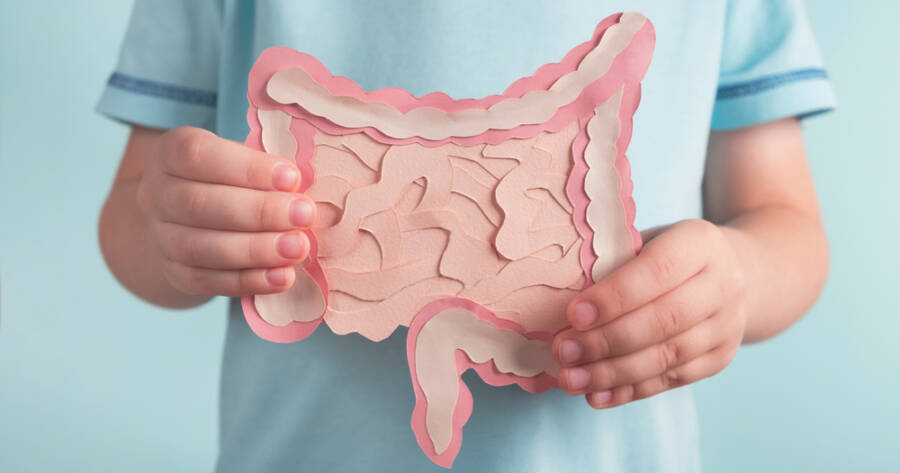Gut health has become one of the most talked-about topics in wellness today. From probiotics to fermented foods, more people are paying attention to how their digestive system affects their overall well-being. Recently, postbiotics have entered the spotlight. But what exactly are they—and could they replace probiotics as the next go-to for better health?
What Are Postbiotics, Exactly?
To understand postbiotics, it helps to briefly revisit the basics of probiotics and prebiotics. Probiotics are live beneficial bacteria, while prebiotics are the fiber-rich foods that feed them. Postbiotics, on the other hand, are what’s left behind after probiotics consume prebiotics and break them down. These byproducts include compounds like enzymes, peptides, and short-chain fatty acids.
Unlike probiotics, postbiotics aren’t alive. But that doesn’t mean they’re inactive. Scientists are finding that these end-products may actually be responsible for many of the health benefits we often associate with probiotics. Because they are more stable than live bacteria, postbiotics are also easier to preserve and incorporate into supplements or foods.
Why Postbiotics Are Getting Attention
One reason postbiotics are gaining traction is their potential to work even when probiotics don’t. Live bacteria can be sensitive to heat, acidity, and shelf life. This means that by the time they reach the gut, many probiotic strains may no longer be alive—or effective. Postbiotics, being non-living, aren’t affected by these challenges. They arrive in your system ready to support health, without needing to colonize your gut.
Emerging research also suggests postbiotics may help reduce inflammation, strengthen the immune system, and support gut barrier function. Some studies are even exploring how postbiotics may influence mood, thanks to the gut-brain connection. However, while the early science is promising, more clinical trials are needed before making definitive claims.
Comparing Postbiotics to Probiotics and Prebiotics
Each of these “biotics” serves a different role, and they’re not necessarily interchangeable. Prebiotics set the stage, probiotics do the work, and postbiotics are the results. A well-balanced diet may include all three. For example, fiber from fruits and vegetables acts as a prebiotic. Yogurt or fermented foods supply probiotics. And newer supplements may now include purified postbiotic compounds.
Here’s how they stack up:
- Probiotics need to stay alive and survive digestion, which isn’t always guaranteed.
- Postbiotics are shelf-stable, don’t require refrigeration, and may still deliver measurable benefits. That said, they don’t promote microbial diversity the same way live probiotics can.
Postbiotics may be particularly helpful for people with sensitive digestive systems who can’t tolerate probiotics well. But they may not replace the full benefits of live bacterial strains in those who do respond well to them.
The Role of Postbiotics in Food and Supplements
Food companies are taking note of this trend. You may already be consuming postbiotics without realizing it. Certain fermented foods, like sourdough bread or kimchi, contain these helpful byproducts as part of their natural processing. But with new demand, more targeted postbiotic supplements and fortified products are also being developed.
Regulations on postbiotics are still evolving, and not all products are created equal. Because the term is relatively new, some manufacturers may use it without clearly identifying what compounds are included or whether they’ve been clinically tested. When considering postbiotic supplements, consumers should look for transparency in labeling and reputable sources that share testing data or scientific backing.
Is This Just a Wellness Trend—or the Future?
As gut health moves beyond niche circles and into everyday conversation, it’s natural to wonder whether postbiotics will stay in the spotlight. While probiotics and prebiotics still hold value, the rise of postbiotics reflects a growing interest in how the gut ecosystem truly works. The trend shows a shift toward a more advanced, layered approach to wellness—one that looks at the entire cycle of digestion and microbial function.
Health professionals are cautiously optimistic. Postbiotics may offer a gentler alternative or a complement to traditional probiotics. But they shouldn’t be viewed as a miracle fix. Lifestyle factors like diet, stress, and exercise still play a central role in gut health.
A Promising Step in Gut Wellness
Postbiotics represent an exciting development in the science of digestion and immunity. Their stability and potential benefits make them a valuable addition to the wellness toolkit, especially for those who have struggled with traditional probiotics.
While the research is still growing, their role in improving gut health and supporting the immune system shows promise. As always, consult with a healthcare provider before starting any new supplement, and aim for a balanced lifestyle that supports overall health from the inside out.

